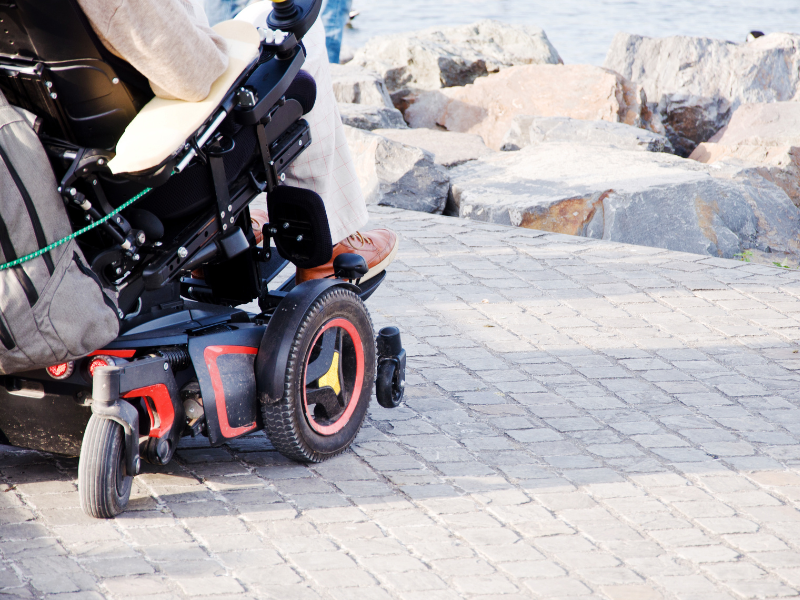
🧍♂️ Mobility Scooters vs. Electric Wheelchairs: Which Is Right for You or Your Loved One?
If you or someone you care about is looking for more freedom, comfort, and independence, you’ve likely come across mobility scooters and electric wheelchairs — and wondered: What’s the difference? Which one is better?
At Health from Janet & Bruce, we’re here to clear up the confusion and help you make the best choice for your needs. Both options can be life-changing — but they serve different purposes, lifestyles, and levels of mobility.
Let’s break it down.
🛵 What Is a Mobility Scooter?
A mobility scooter is a battery-powered vehicle with handlebars (called a tiller), a seat, and usually three or four wheels. It’s best suited for people who can sit upright without assistance and have good upper-body control.
👍 Best For:
-
Getting around town or inside large stores
-
Travel and outdoor use
-
People who need help with long distances, not daily transfers
♿ What Is an Electric Wheelchair?
An electric wheelchair (or power chair) is a motorized chair with a joystick control and six or more wheels for stability. It’s designed for people with more advanced mobility challenges who may need daily use support, both indoors and outdoors.
👍 Best For:
-
Full-day use inside the home and beyond
-
Individuals with limited arm strength or balance
-
Tight indoor spaces and narrow hallways
⚖️ Side-by-Side Comparison
| Feature | Mobility Scooter | Electric Wheelchair |
|---|---|---|
| Control | Handlebars/tiller | Joystick |
| Seating | Basic seat with armrests | Supportive captain’s chair with headrest options |
| Turning Radius | Wider (especially 4-wheel) | Tighter, ideal for indoor use |
| Maneuverability | Better outdoors | Excellent indoors |
| Portability | Travel models are foldable/disassemblable | Heavier, less portable |
| Battery Range | 10–25 miles depending on model | 8–15 miles depending on terrain |
| Posture Needs | Requires good upper-body strength | Designed for full-body support |
| Typical Use | Occasional travel, errands | Daily mobility and accessibility |
🔍 Key Questions to Ask Before Choosing
Ask yourself (or your loved one):
-
Can you sit upright and steer with your arms for extended periods?
-
Will the device be used mostly indoors, outdoors, or both?
-
Do you need something portable for travel, or primarily for at-home support?
-
Is your home layout tight, with narrow doorways or tight corners?
-
Do you have limited hand strength or difficulty using handlebars?
Your answers will help determine which device offers the most comfort and independence.
🧳 Travel Considerations
-
Mobility scooters (especially 3-wheel and foldable models) are great for planes, cruises, and car travel.
-
Electric wheelchairs are more difficult to transport and may require a lift or accessible van.
💬 Still Not Sure Which Is Right?
That’s what we’re here for.
At Health from Janet & Bruce, we treat every customer like family. We’ll help you assess your needs, compare models, and find the solution that fits your lifestyle — no pressure, no confusion.
👉 Contact us here and we’ll get back to you within 24 hours, Monday through Friday.
🛍️ Shop Mobility Solutions
Ready to explore options?
Whether you’re regaining freedom for yourself or helping a loved one move with confidence, we’re here to make the journey easier — every step of the way.

